Reiki Courses
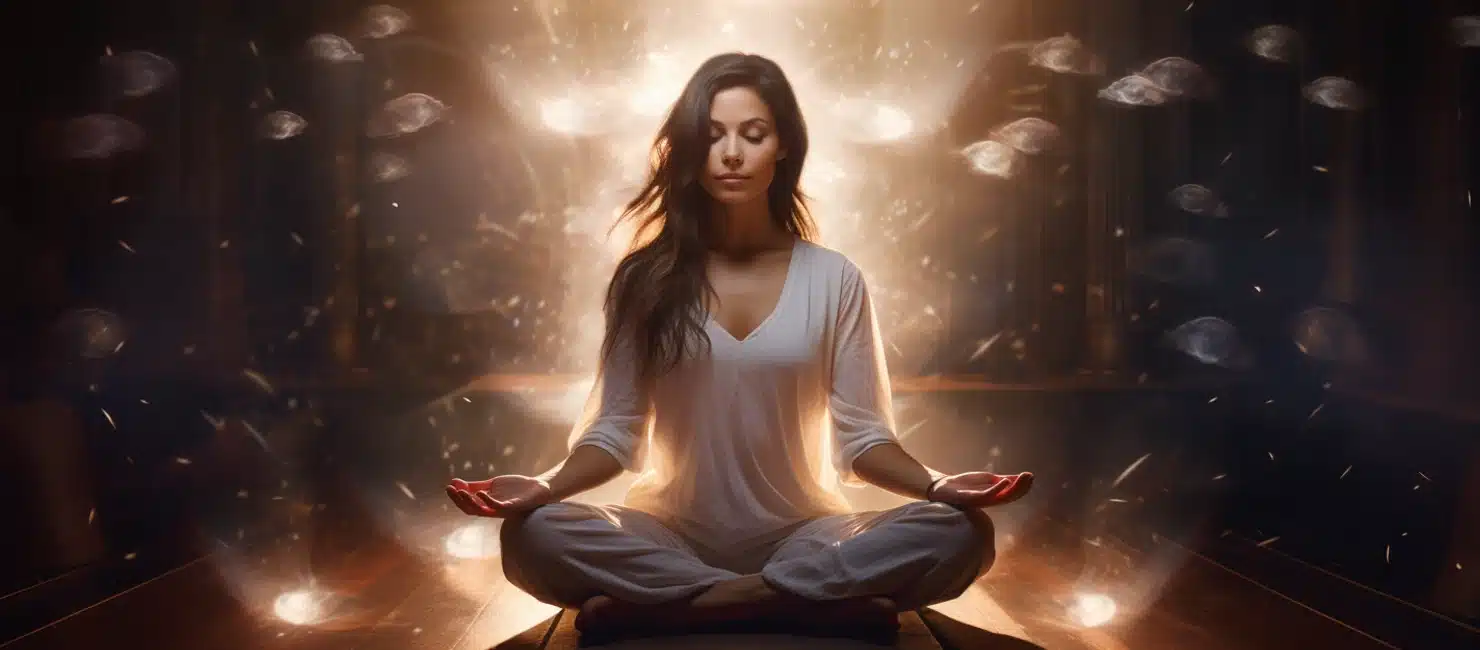
What is Reiki
During a Reiki session, the practitioner channels healing energy through their hands, either by lightly placing them on the body or by holding them just above it. Reiki energy is believed to flow to areas where the body most needs it, helping to clear energy blockages, restore balance, and improve the body's natural healing abilities.
Benefits of Reiki
- Relieve stress and anxiety
- Ease physical pain and discomfort
- Support emotional healing and clarity
- Enhance relaxation and promote better sleep

Reiki Level 1 Course
The Reiki Level 1 Course, also known as the First Degree or “Shoden” in Japanese, serves as an initiation into the practice of Reiki and lays the foundation for advanced healing techniques. This level introduces students to the fundamental principles of Reiki, the history and philosophy behind it, and the techniques for self-healing and basic hands-on healing for others. Reiki Level 1 is often regarded as a journey of self-discovery, where practitioners begin to harness universal life energy for personal and spiritual development. The following comprehensive overview of the Reiki Level 1 Course explains its origins, structure, benefits, and techniques, providing a detailed look at what this course entails.
Benefits of Reiki Level 1 Course
- Reduces stress and promotes deep relaxation
- Enhances emotional balance and clarity
- Relieves physical discomfort and minor pain
- Increases self-awareness and intuition
- Improves mindfulness and presence
- Balances chakras and clears energy blockages
- Boosts vitality and overall energy levels
- Improves sleep quality and reduces insomnia
- Allows for basic hands-on healing for self, family, and pets
- Provides a foundation for advanced Reiki levels

Reiki Level 2 Course
The Reiki Level 2 Course, also known as the Second Degree or “Okuden,” is an essential progression for those who have completed the Level 1 course and are seeking to deepen their practice of Reiki. Building upon the foundational principles introduced in Level 1, this course enables practitioners to enhance their healing abilities, focus on emotional and mental healing, and learn how to send Reiki energy across distances. One of the key components of the Reiki Level 2 Course is the second attunement, a ceremonial process performed by a Reiki Master that connects students to a higher vibrational frequency of Reiki energy. This attunement not only amplifies the practitioner’s ability to channel energy but also opens them up to a broader understanding of Reiki’s potential, allowing for a more profound connection with this universal life force. During the course, students are introduced to three primary symbols: the Power Symbol (Choku Rei), which increases the flow of Reiki energy; the Mental/Emotional Symbol (Sei He Ki), which aids in releasing negative emotions and promoting emotional balance; and the Distance Symbol (Hon Sha Ze Sho Nen), which allows practitioners to send healing energy across time and space. Learning how to use these symbols effectively is a significant focus of the course, as they empower practitioners to direct energy with intention, thereby enhancing the efficacy of their healing sessions. Students engage in practical exercises to draw and visualize these symbols, integrating them into their healing practice through hands-on sessions and distant healing techniques. One of the most transformative aspects of Reiki Level 2 is the emphasis on emotional and mental healing. Students learn techniques to address and release emotional traumas, anxieties, and mental blockages, both in themselves and in clients.
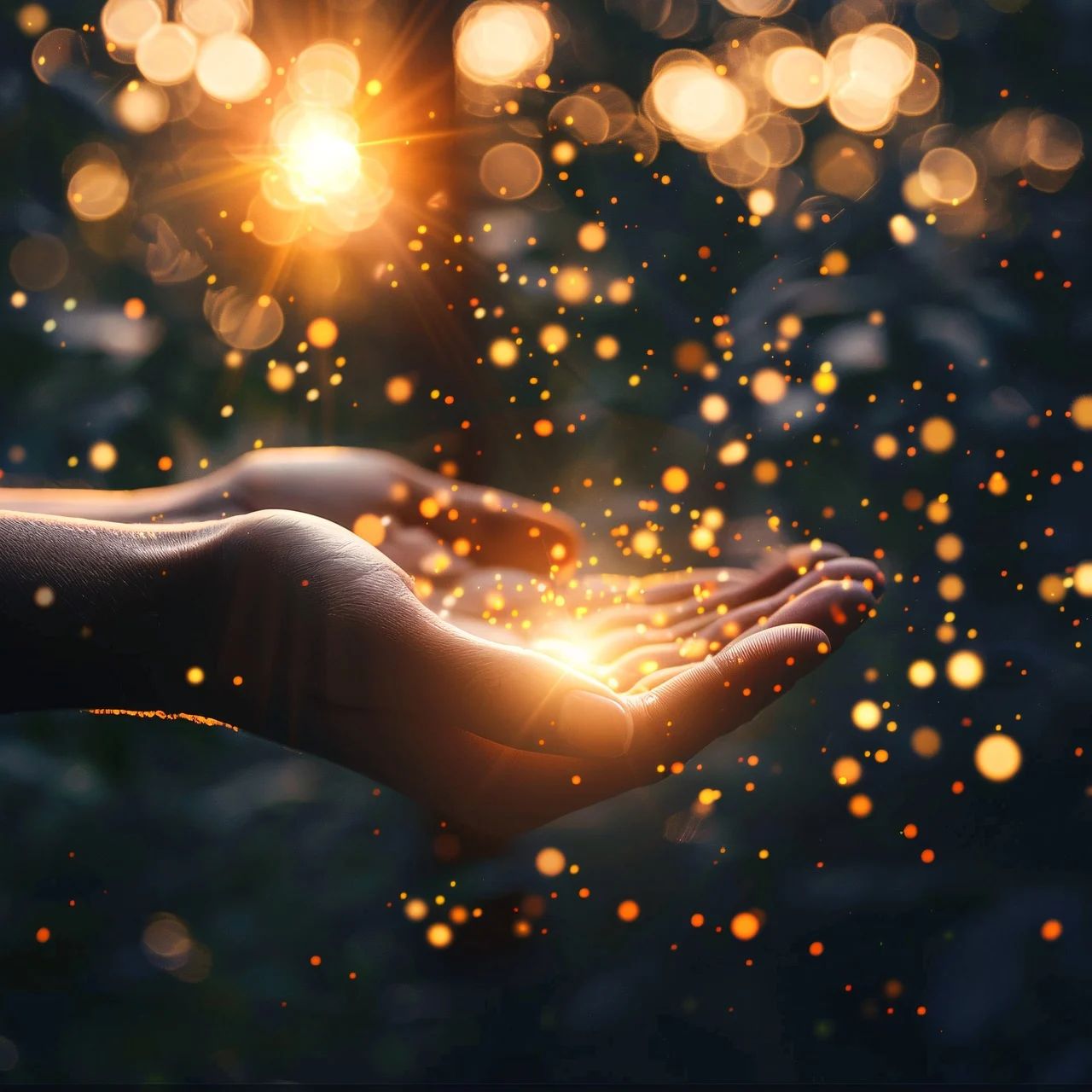
Benefits of Reiki Level 2 Course
- Enables distant healing for people, situations, and places
- Supports deep emotional and mental healing
- Introduces Reiki symbols for focused and specific healing
- Enhances intuition and spiritual growth
- Allows setting clear intentions for faster, targeted healing
- Clears negative energy from spaces and environments
- Empowers self-transformation and confidence-building
- Provides a foundation for advanced Reiki levels
Reiki Level 3 Course
The Reiki Level 3 Course, often referred to as the Master Level or “Shinpiden” in Japanese, represents a significant and transformative milestone in the journey of a Reiki practitioner. Building upon the foundational skills and knowledge acquired in Levels 1 and 2, this advanced course is designed for those who wish to deepen their understanding of Reiki, enhance their healing capabilities, and embrace the opportunity to teach and attune others to Reiki. One of the primary focuses of the Reiki Level 3 Course is the attainment of the Master Symbol, which amplifies the practitioner’s ability to channel energy, allowing for more profound healing experiences. This symbol serves as a powerful tool, enabling practitioners to enhance their work with clients and deepen their connection to the universal life force energy that Reiki embodies. The Master Symbol also serves as a conduit for advanced healing techniques, enabling practitioners to address more complex issues and facilitate deeper transformations in their clients. In this course, students learn how to draw, meditate on, and incorporate the Master Symbol into their practice, enhancing their effectiveness in both hands-on and distant healing sessions. Additionally, the Reiki Level 3 Course emphasizes personal and spiritual development. Practitioners are encouraged to embark on a journey of self-discovery, addressing their own emotional and spiritual blockages that may hinder their growth as healers. This course is an opportunity for participants to engage in deep introspection, cultivating self-awareness and fostering personal healing. As students work through their own challenges, they often discover newfound strength, clarity, and purpose, which ultimately enriches their capacity to serve others. Practicing self-Reiki becomes an integral part of this journey, allowing practitioners to integrate the advanced skills they acquire into their daily lives while maintaining their energetic balance.

Benefits of Reiki Level 3 Course
- Significantly increases energy flow and connection
- Introduces the powerful Master symbol for enhanced healing
- Supports profound self-transformation and spiritual growth
- Enables practitioners to teach and attune others
- Heightens intuition and spiritual awareness
- Facilitates deep, soul-level healing
- Expands use and understanding of Reiki symbols
- Enhances ability to hold compassionate space for others
What is included in your Reiki First Degree Course?

Introduction to Reiki
Overview of Reiki, its history, principles, and philosophy, including the origins of Reiki as developed by Mikao Usui.

Attunement Ceremony
The Reiki Master performs an attunement to connect students to the Reiki energy, allowing them to channel it for self-healing and basic healing for others.

Energy Awareness
Training to sense and work with energy, including techniques for grounding and centering.

Hand Positions
Instruction on various hand positions for self-healing and healing others, covering the head, torso, and other parts of the body.
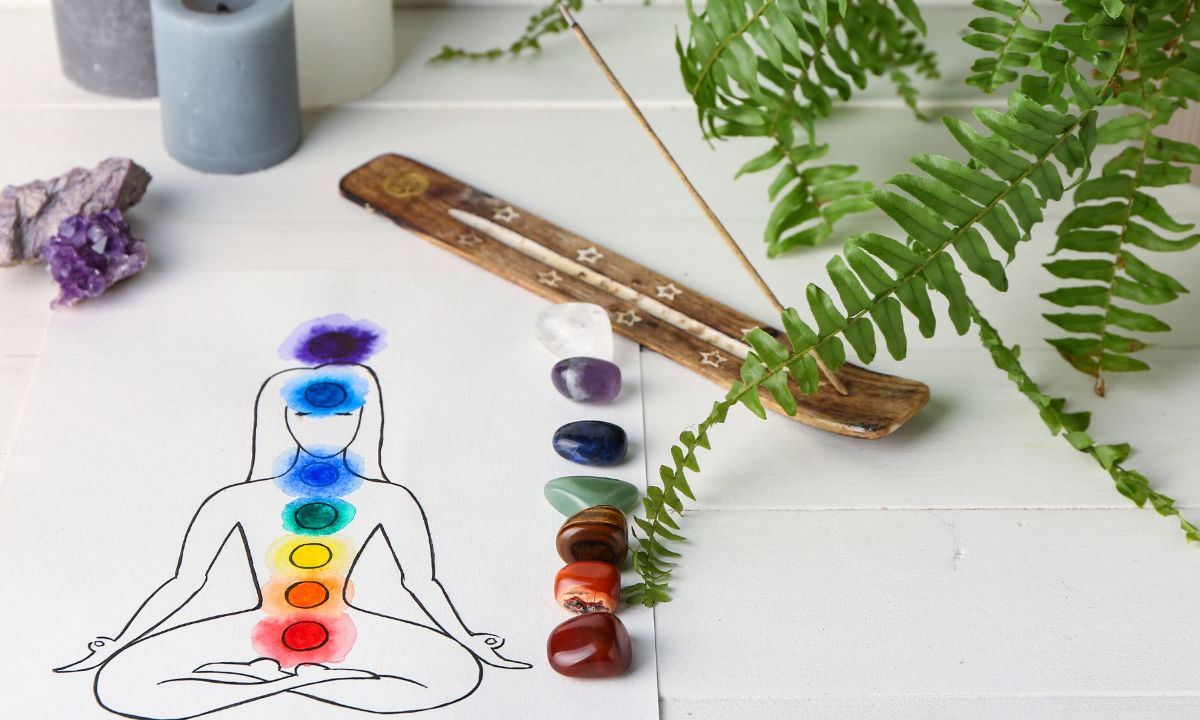
Chakra Basics
An introduction to the chakras (energy centers) and how Reiki can help balance them.

Self-Healing Practice
Guidance on using Reiki to support one’s own physical, emotional, and mental well-being.
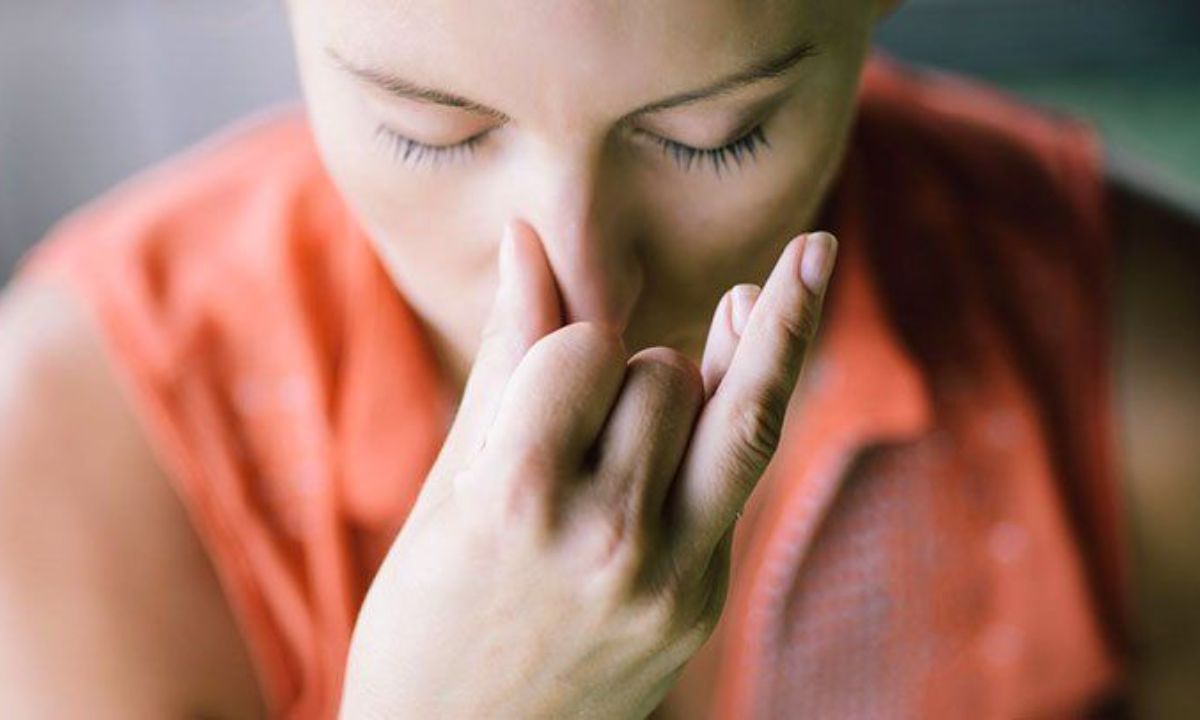
Meditation and Breathwork
Simple practices to help align with Reiki energy and increase focus during sessions.
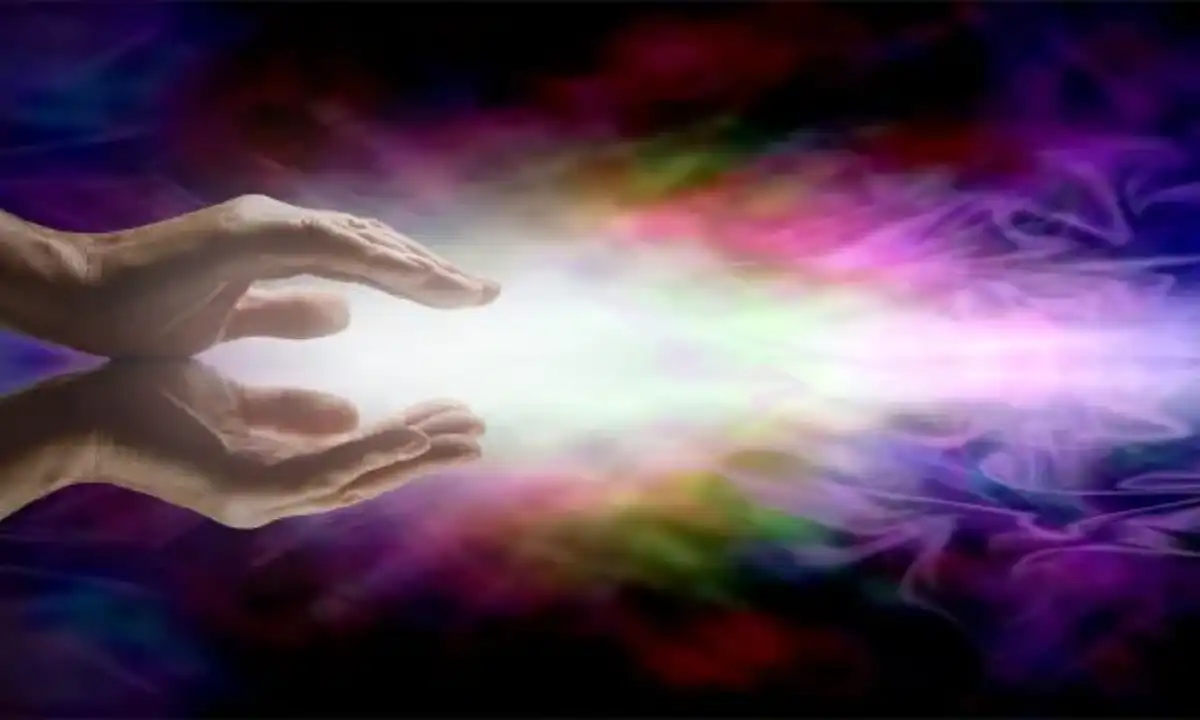
Practical Application
Supervised practice sessions to gain hands-on experience with giving and receiving Reiki.

Code of Ethics and Practice
Guidance on maintaining a respectful, safe, and ethical Reiki practice.
Get In Touch
- London UK
-
+44-7846387388
contact@tarahealing.co.uk
- +44-7846387388
We work on Mantra healing and other healing modalities.
Copyright © 2024 tara healing. | Design By : Web Development Company in Dehradun